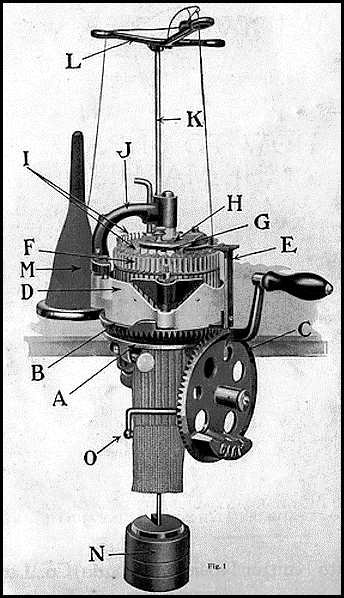Of Devices
Sherry Turkle, Editor
(The MIT Press)

One patient quoted here refers to it as "aversion therapy," even though there is nothing that one can do to foresee (or prevent) these fibrillations. Another compared it to having children: "It's like me before and after kids. They call it a transition; it's not, it's a metamorphosis." Like kids, too, you can't get rid of it.
- Nobody can understand what the feeling's like, to get [shocked by] these, it's kind of like getting electrocuted from the inside.
Referring to doctors, one patient says ruefully, "I'd like to get those bastards and just shock them with 800 volts just to let them have an idea what it feels like."
Talking about a dilemma, or Hobson's choice, or a rock and a hard place. If you get an ICD installed, you are giving yourself over to random bolts of lightning pulsing through your body anytime over the rest of your life. "Some people describe it like being kicked by a mule, others being hit by a two-by-four, still others describe the rush of electricity through their body to the ground."
Anne Pollock, author of this article on ICDs, reveals rumors about Dick Cheney. He had a defibrillator planted in his chest several years ago. "Some pundits have allowed themselves to imagine that it was in fact Cheney's ICD," she reports, "that turned him from the man who urged caution when he worked for the first President Bush to the man who promoted apocalyptic and rash policies under G. W. Bush." Maureen Dowd makes an interesting analogy:
- Some veterans of Bush are so puzzled that they even look for a biological explanation, wondering if his two-year-old defibrillator might have made him more Hobbesian.
There are an even dozen articles here about "devices:" computers, television, cell phones, computer games, video poker, dialysis machines and, gleep, prosthetic eyes. It's divided into three sections, "Memoirs," "Clinical Practice," and "Fieldwork." Some of the clinical essays, such as the one on ICDs, are fascinating, manage to call up disturbing issues: Do these devices turn people into cyborgs, creating dependence and --- as in Pollock's article --- give one a jolt, not only physically but mentally. Especially when a doctor says to you, "If you don't do what I recommend, you are committing suicide." Who can say "no" after a heart-attack.
Some of the more compelling chapters are not written by professionals but graduate students. Nicholas Knouf tells of his sister Robin, born with Rett Syndrome, unable to move or walk or talk during her brief time on earth. Alicia Verlager reports on her "Prosthetic Eye," suggests that anyone "staring into [my eyes] would only see broken ones with a dark ruin beyond them."
Cabell Gathman writes movingly of love in Japan in "The Year of the Dragon" via a cell phone, known as a keitai denwa --- gaudily pink, completely bilingual. She says in her first year there, she often called people back home, called them "very late at night and when I was shockingly drunk."
- I had run off to Japan because it was the only place far enough away that seemed safe; I took comfort in controlling with whom I was in contact.
When she returns to the United States, she becomes involved with an "unavailable man," one with whom she spoke by cell phone only late at night. "He made us invisible," she says. When they ended the relationship, he terminated it "via instant messenger."
She also reveals that every time "love went wrong" she got another tattoo, "remaking my body into one that had never known the touch of my former partner."
In dialysis, the patients speak of their "loss of sovereignty," their anger at being owned by a machine which they are forced to visit three or four times a week. They also tell of their new family, others who come to the kidney center for treatment.
The final chapter, on video poker, tells us that since their invention thirty years ago, these devices may create up to 89% of a casino's profit. Those who are addicted to them report that it's "asocial gambling." They don't have to interact with anyone, just a faithful machine with buttons.
"You're not playing for money," says one member of Gamblers' Anonymous:
- You're playing for credit --- credit so you can sit there longer, which is the goal. It's not about winning; it's about continuing to play.
The writer tells stories of gamblers who stay as long as seventeen hours straight without leaving their machines. They get impatient when they win because they have to wait until they are paid off. Some wet their pants because they don't want to take the time to go to the bathroom. And finally, there are those who doze ... and dream about video poker machines.
I mull with some discomfort on those who, according to The Inner History of Devices, cannot escape the power of television, or slashdot.org, or video poker. I recall that I have been here, in front of this iMac, for almost six hours today, as I was yesterday, as I will be tomorrow --- connected by words and modems and a DSL to the World Wide Web ... using a machine which may indeed have become me, as I it.